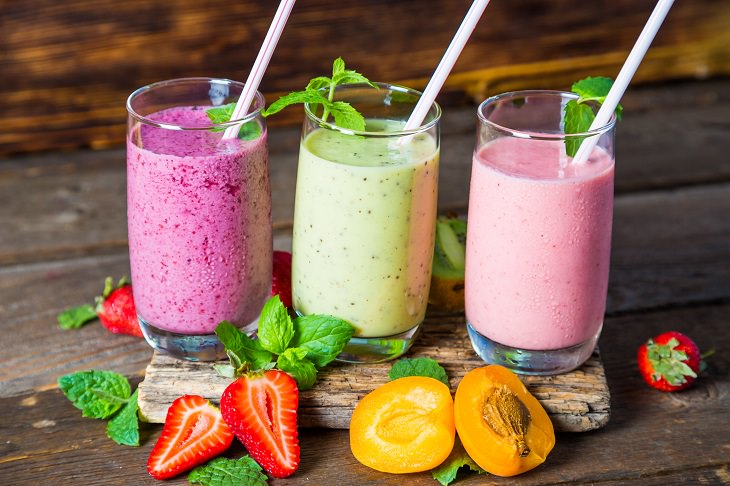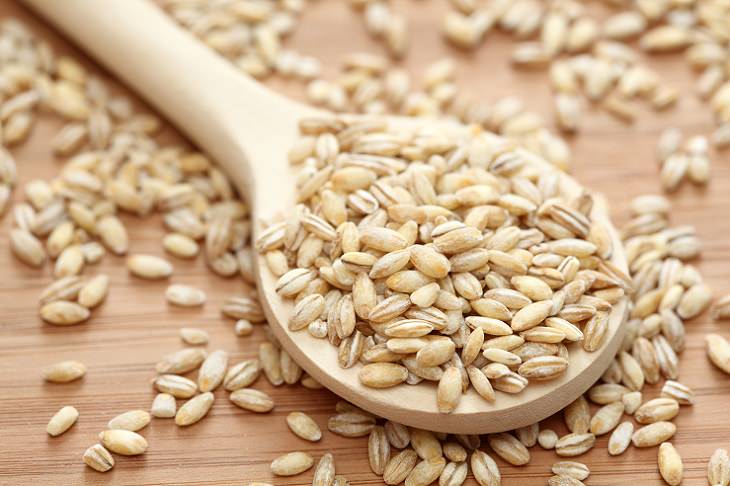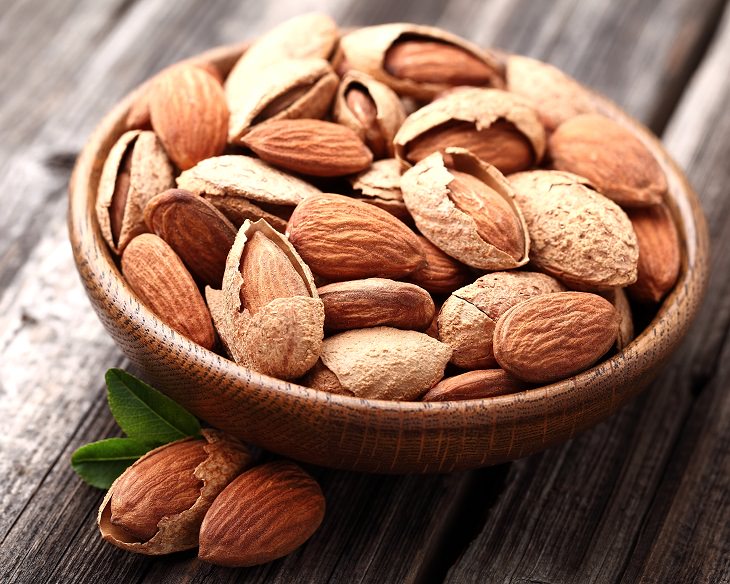
Breakfast is a very important meal of the day. If you're diabetic, it's very important that you do not skip breakfast as your sugar levels might be low after not eating overnight. Furthermore, the right breakfast will provide much-needed energy to begin the day right.
A healthy breakfast can help you maintain an ideal body weight, one of the key factors in diabetes management. Having diabetes does not mean that you've got to eat bland foods all the time. You can eat a wide variety of tasty foods at breakfast that will fill you up without increasing your blood sugar levels too much. A high fiber and low glycemic index breakfast menu will help you maintain a healthy blood sugar level.
Here are 8 healthy breakfast options for those who suffer from diabetes.

For a quick meal, a smoothie is a perfect option. Smoothies, when made with the right ingredients, will give you a nutritional boost without raising your blood sugar level.
To make a diabetes-friendly smoothie, some good options for the base ingredient include plain nonfat yogurt, fat-free milk, almond milk, and even green tea. Next, choose antioxidant-rich and low-glycemic fruits and vegetables, such as apples, blueberries, strawberries, avocados, spinach, cucumbers, kale, and so on. You could also top your smoothie with nuts, flaxseeds, or chia seeds to increase the fiber content that promotes a feeling of fullness.
1. Put 1/2 cup of spinach into a blender.
2. Add 1/2 cup of frozen berries like blueberries, raspberries, strawberries, or a mixture.
3. Add 1/2 cup each of Greek yogurt and almond milk.
4. Add 2 tablespoons of ground flaxseeds and 1 teaspoon of cinnamon powder.
5. Blend for a couple of minutes.
Hot or cold, oatmeal is a cereal that you can enjoy several times a week. The soluble fiber in oats slows the rate at which your body breaks down and absorbs carbohydrates, which helps to keep your blood sugar levels stable. Furthermore, oats are rich in omega-3 fatty acids, potassium, and folate.
You can choose from steel-cut, rolled, or instant oats. However, it's best to stay away from flavored varieties as they are often packed with sugar. Oatmeal is fast and easy to make. You can cook the oats in skim or low-fat milk and sweeten them using raw honey. You can make your oatmeal even healthier by throwing in some nuts or chopped fruit such as apples and strawberries.

Barley is another great breakfast ingredient that can help keep your blood sugar level under control. Plus, it has twice the protein and almost half the calories that oats have, making it one of the best breakfast foods.
A 2016 study carried out at Lund University in Sweden shows that barley can rapidly improve people's health by reducing blood sugar levels and the risk of diabetes. This is down to a mixture of dietary fibers found in barley, which can also help reduce your appetite as well as cardiovascular disease risk.
1. Soak a cup of pearl barley in water overnight.
2. The next morning, strain the barley and add it to a saucepan with 2-3 cups of water.
3. Bring it to the boil, then cover and reduce the heat. Let it simmer for 20 minutes until the grains are tender and most of the liquid has been absorbed.
4. Add a bit of raw honey and nuts to the cooked barley.
A nice bowl of low-fat yogurt is also great if you're diabetic. Low-fat yogurt has a low glycemic index rating, meaning it won't spike your insulin levels after eating it. Furthermore, yogurt provides a good amount of protein, calcium, and many other essential nutrients that will keep you fueled throughout the morning. You can eat a bowl of plain Greek yogurt, or make it even healthier by adding some almonds and chopped fruit like fresh pears, apples, blueberries, or strawberries.
Eggs are such a versatile food and make an excellent choice for people with diabetes. In fact, if cooked right, the popular breakfast of scrambled eggs and toast is one of the best ways to start the day. The protein, vitamin D, and fat in the eggs helps to sustain your energy level and keep you satisfied until lunchtime.

A spinach and tomato omelet makes for one satisfying and filling breakfast. This will give you a healthy protein-rich treat that also offers an antioxidant boost. The protein in the egg whites will help keep you full without affecting your blood sugar levels. It also slows down glucose absorption, which is very helpful if you suffer from diabetes.
1. Cook a handful of spinach and tomatoes in a nonstick pan with 1 tablespoon of olive oil.
2. Add the whites of 2 eggs and 1 tablespoon of skim milk.
3. Finally, add some fresh herbs like basil and parsley or some of your favorite spices.
Bread is a staple breakfast item. But if you're diabetic, you must choose your bread wisely. White bread is made with highly processed white flour and added sugar, thus it can be bad for your blood sugar level. Choose whole-wheat bread for a better nutrient-rich option. The fiber in whole-wheat bread slows digestion, which in turn slows the release of sugars into the bloodstream.
Whole-wheat toast with peanut butter, topped with thin apple slices makes for a great breakfast.

When you're in a rush and do not have the time to make an omelet or a sandwich, almonds, and fruits make a great on-the-go breakfast. Eating almonds improves glycemic control and lipid profiles in people who suffer from Type 2 diabetes. Pairing almonds with a fruit that has a low glycemic index will provide the power of antioxidants and other vital nutrients. Some good examples of low-glycemic fruits that you can enjoy for breakfast include peaches, apples, oranges, and berries.
So, next time you're in a hurry, grab a handful of unsalted almonds and a fruit of your choice and eat them on the run. Or, if you have a tiny bit of time, mix some chopped almonds and fruits such as kiwis, pomegranates, apples, or strawberries with two tablespoons of cottage cheese.
Additional Tips
• Always cook with less fat by using nonstick pans and a healthy cooking oil such as olive oil.
• Avoid sugared coffee in the morning to ensure you're eating a healthy breakfast.
• Watch your portion size.
• Keep your kitchen stocked with healthy and diabetes-friendly breakfast foods.
• Measure your blood glucose both before eating and two hours afterward to learn the effects of any food or meal.
Source: top10homeremedies